
Help us forge a new era in cybersecurity
TICKETS ON SALE | Let's get fired up! 🔥 Grab your ticket today and save up to $200 with limited-time Early Bird deals.
Save on Tickets
A full certificate inventory is vital to machine identity management. Learn about network discovery and certificate visibility with Venafi's platform. If you need to know how to check the SSL certificate on any website, modern browsers make it easy to help Internet users to do so and avoid the mistake of sending sensitive data across an unsecure connection. For most browsers, look to see if a site URL begins with “https,” which indicates it has an SSL certificate. Then click on the padlock icon in the address bar to view the certificate information. Digital certificates are electronic credentials that are used to certify the identities of individuals, computers, and other entities on a network. Private and public networks are being used with increasing frequency to communicate sensitive data and complete critical transactions. This has created a need for greater confidence in the identity of the person, computer, or service on the other end of the communication. Digital certificates and public key encryption identify machines and provide an enhanced level of authentication and privacy to digital communications.
If the URL begins with “https” instead of “http,” then the site is secured using an SSL certificate. A padlock icon displayed in a web browser also indicates that a site has a secure connection with an SSL certificate. SSL protocol ensures that data on that site is secured through SSL/TLS encryption and verification. It’s important to make sure that any website where sensitive data may be transferred uses SSL. Sites that don’t are vulnerable to attack by hackers or identity thieves or may be fraudulent themselves.How can I tell if a website has an SSL certificate?
Chrome has made it simple for any site visitor to get certificate information with just a few clicks: The displayed information includes the intended purposes of the certificate, who it was issued to, who it was issued by, and the valid dates. In the case of Extended Validation (EV) Certificates, you can see some identifying information about the organization operating the site. For non-EV Certificates, like Domain Validated and Organization Validated, you will only see which Certificate Authority (CA) issued the certificate, the “Verified by:” section at the bottom of the pop-up. Click the "More Information" link to view more details. EV certificate in Firefox Non-EV certificate in Firefox This brings you to the security details of the page, where you’ll find more information about the website identity (for EV Certificates, the company name will be listed as the owner) and the protocols, ciphers and keys underlying the encryption. If you want even more details about the certificate, just click “View Certificate”. On the “Details” tab, you’ll find the certificate hierarchy and can dig through the certificate fields.How do I view an SSL certificate in Chrome or Firefox?
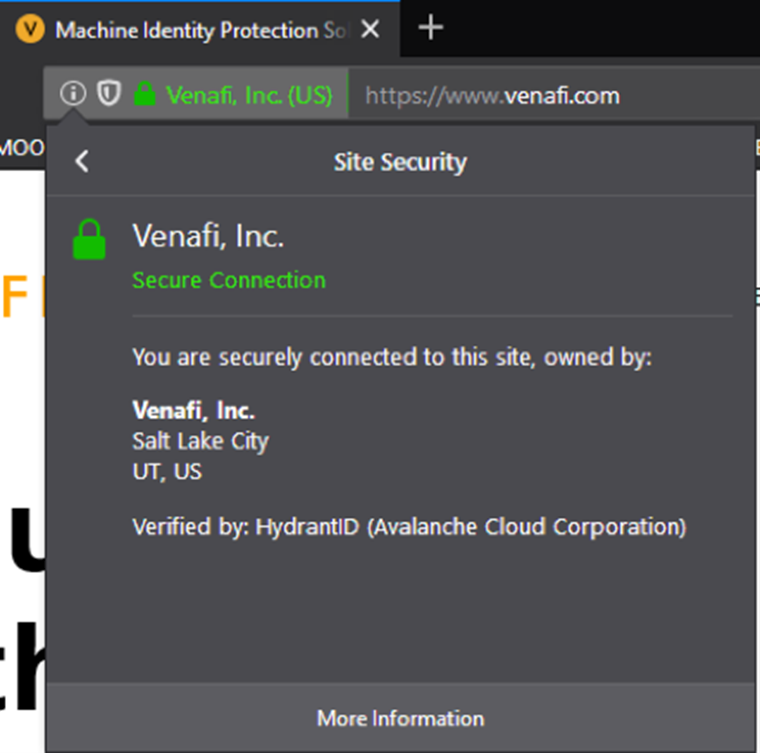
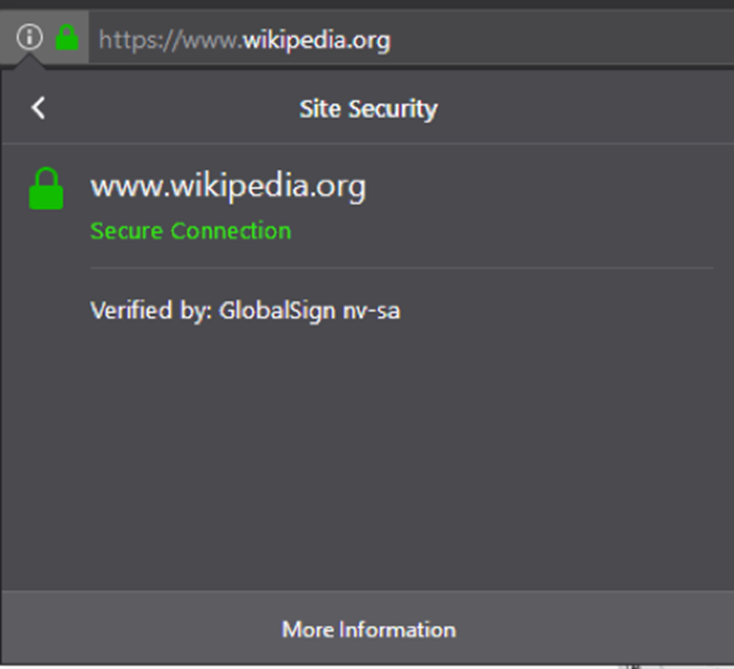

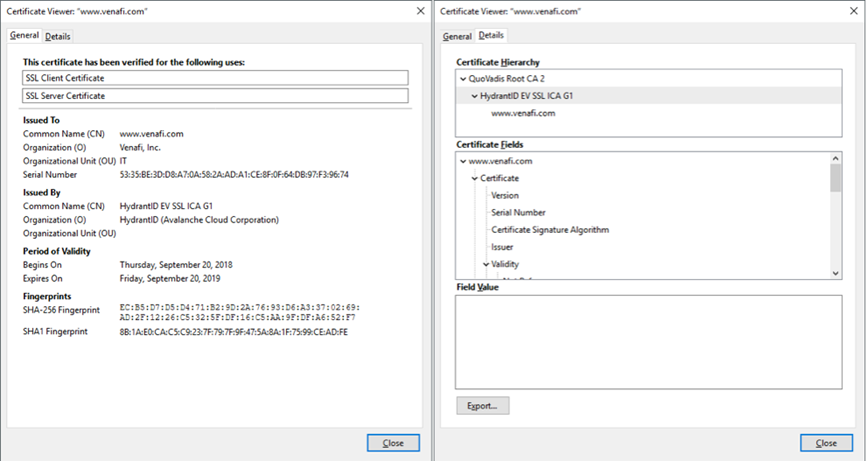
Finding your SSL may be as simple as checking your dashboard or account with the Certificate Authority (CA) who issued the certificate. But if that is not an option, or your company has multiple certificates, there are two methods to locate the installed SSL certificates on a website you own. There are two methods to locate the installed SSL certificates on a website owned by the reader of this post. Before we go into specifics, we must remember that in Windows Server environment, the installed certificates are stored in Certificate Stores, which are containers that hold one or more certificates. These containers are One great way to make sure you found all your certificates is to useVenafi as a Service. This software-as-a-service solution will scan your network and find any certificates that are installed there and give you tons of information on each one. If you decide to go the manual route, to examine the stores on your local device to find an appropriate certificate you should follow the procedure below. Another method to view the installed certificates is to launch the WindowsCertificate Manager Tool. To view certificates for thelocal device, open the command console and then typecertlm.msc. TheCertificate Manager toolfor the local device appears. To view your certificates, underCertificates - Local Computerin the left pane, expand the directory for the type of certificate you want to view. To view certificates for thecurrent user, open the command console, and then typecertmgr.msc. TheCertificate Manager toolfor the current user appears. To view your certificates, underCertificates - Current Userin the left pane, expand the directory for the type of certificate you want to view.How do I find my SSL certificate?
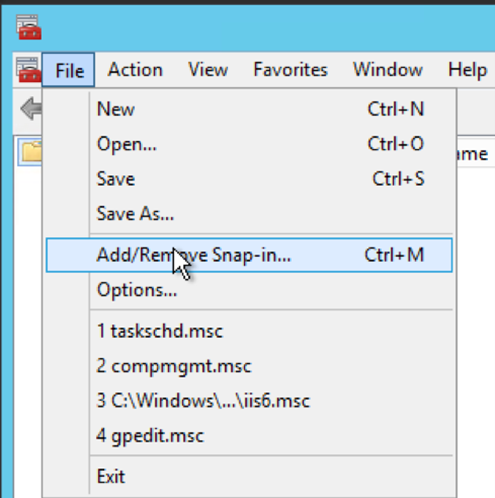


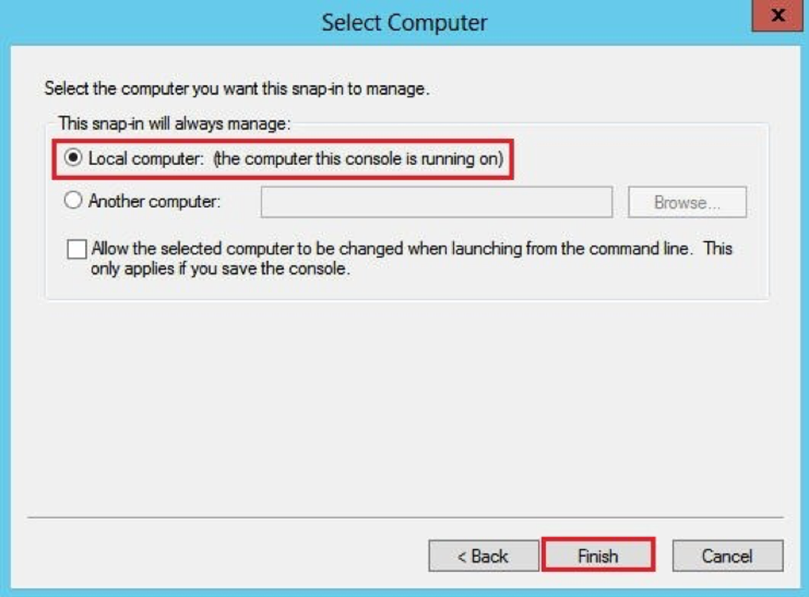


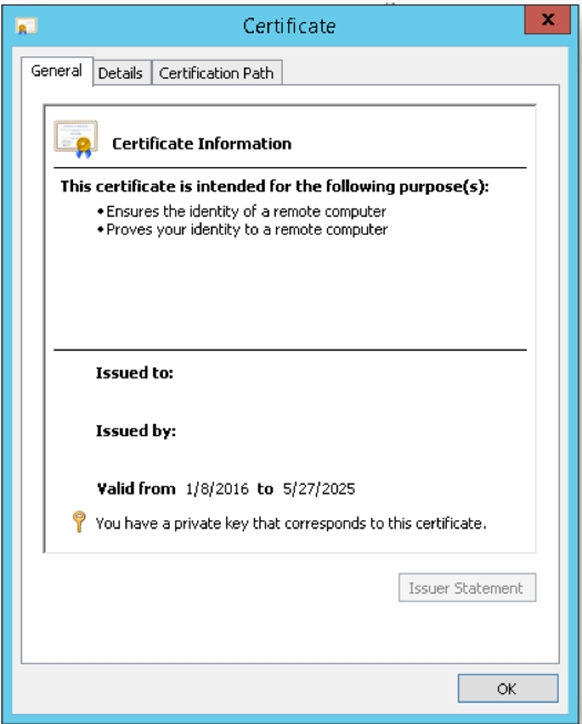
Certificate Manager Tool
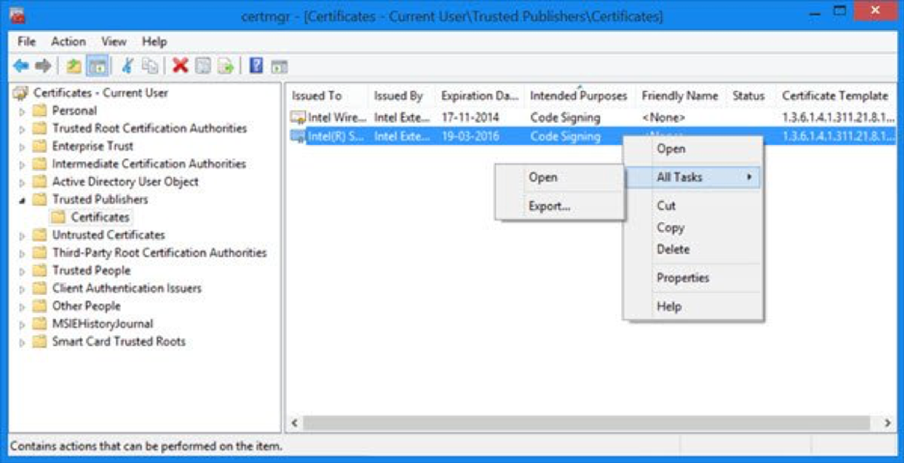
Another method to view the installed certificates is to launch the WindowsCertificate Manager Tool. To view certificates for thelocal device, open the command console and then typecertlm.msc. TheCertificate Manager toolfor the local device appears. To view your certificates, underCertificates - Local Computerin the left pane, expand the directory for the type of certificate you want to view. To view certificates for thecurrent user, open the command console, and then typecertmgr.msc. TheCertificate Manager toolfor the current user appears. To view your certificates, underCertificates - Current Userin the left pane, expand the directory for the type of certificate you want to view.How to use a Certificate Manager Tool?

All digital certificates have afinite lifespanand are no longer recognized as valid upon expiration. Certificates may have varying periods of validity and are often set to expire anywhere between one and three years based on company policy and/or cost considerations. Minimally, certificates need to be replaced at the end of their life toavoid service disruptionand decreased security. However, there may be a number of scenarios where a certificate needs to be replaced earlier (e.g.,Heartbleedbug,SHA-1 end-of-life migration, company mergers, change in company policy). There are various tools available to check if your SSL certificate is valid. But with the right know-how, you can do it yourself as well. Once you have located the SSL certificates housed on your web server, there are two ways to check their validity.How do I check if my SSL certificate is valid?
All digital certificates have afinite lifespanand are no longer recognized as valid upon expiration. Certificates may have varying periods of validity and are often set to expire anywhere between one and three years based on company policy and/or cost considerations. Minimally, certificates need to be replaced at the end of their life toavoid service disruptionand decreased security. However, there may be a number of scenarios where a certificate needs to be replaced earlier (e.g.,Heartbleedbug,SHA-1 end-of-life migration, company mergers, change in company policy). There are various tools available to check if your SSL certificate is valid. But with the right know-how, you can do it yourself as well. Once you have located the SSL certificates housed on your web server, there are two ways to check their validity. The first option is to run thecertlm.msccommand, open theCertificates - Local Computerwindow and then go through the list of the certificates listed in the store to make sure only the legitimated ones are installed. It is a time-consuming job but doable. The second option is to use theWindows Sysinternalsutility calledsigcheckthat makes the Root Certificates checkup a very easy process. Download or update the tool from Microsoft and run it with the following switches:sigcheck -tv. The utility downloads the trusted Microsoft root certificate list and outputs only valid certificates not rooted to a certificate on that list. Checking SSL validation and managing certificates can be a very difficult and error-prone process. There are many critical tasks that come with enterprise SSL certificate management and ignoring or mishandling any one of them can set the stage for a Web application exploit.How do you check SSL Certificates in Windows?

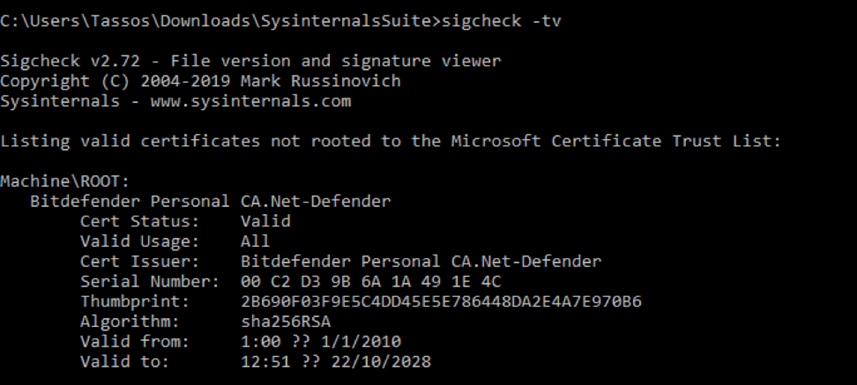
The process for installing an SSL certificate depends on the provider that you purchased it from. Some providers will streamline installation or take care of it for you. If you need to install the certificate manually, the steps are dependent upon your platform and operating system.How do you install SSL certificates?
SSL renewal keeps your encryption and ciphers up to date, keeping your website and customers safer. Keep on top of renewals to avoid the mistake of letting your certificates expire. There are two different procedures to follow, which depends on whether you are renewing self-signed certificates or certificates from CAs.How do you renew SSL Certificates?
Although self-signed certificates should not be used on an e-commerce site or any site that transfers valuable personal information like credit cards, social security numbers, etc., it can be appropriate in certain situations, such as on an intranet, on an IIS development server or on personal sites with few visitors.How to create new self-signed certificate
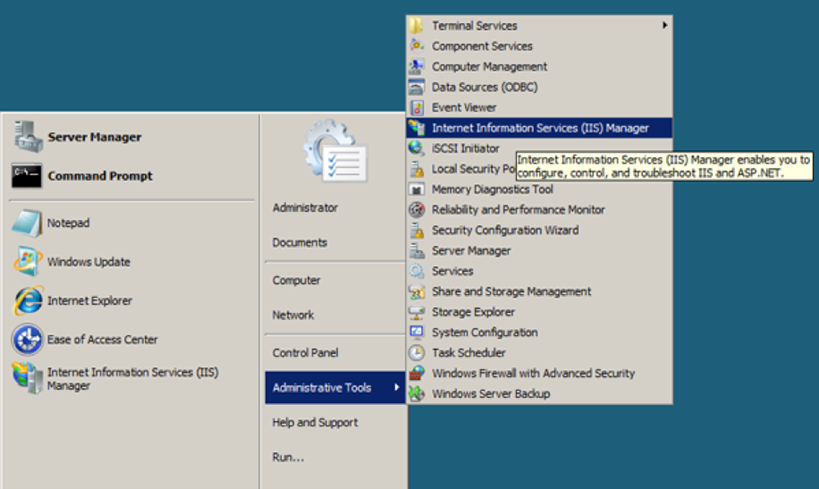


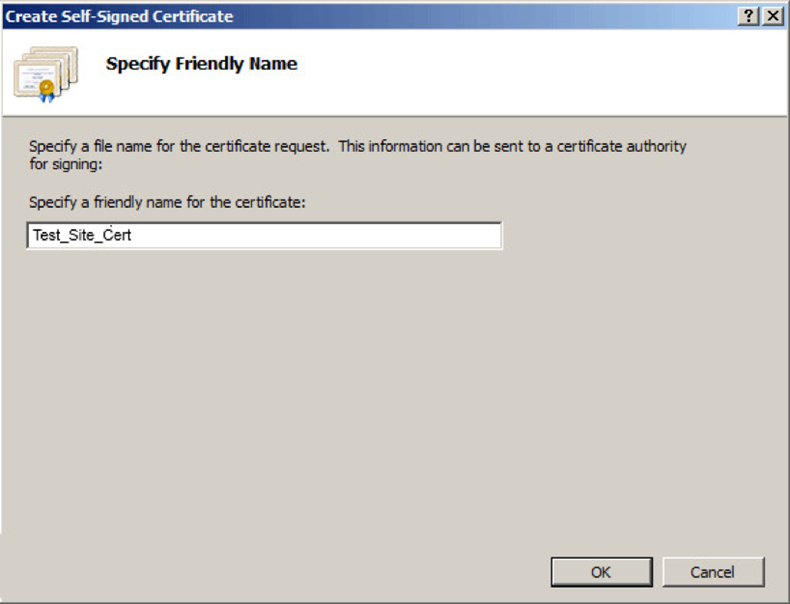
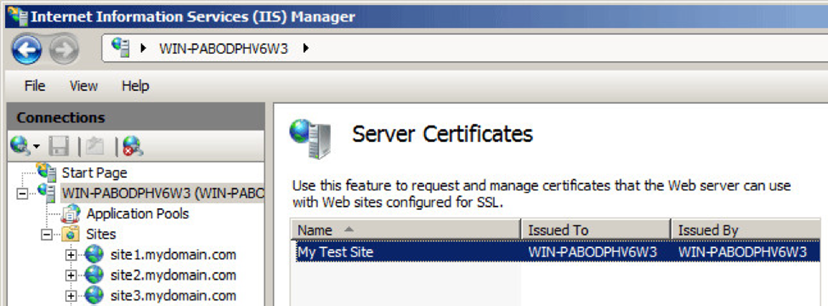

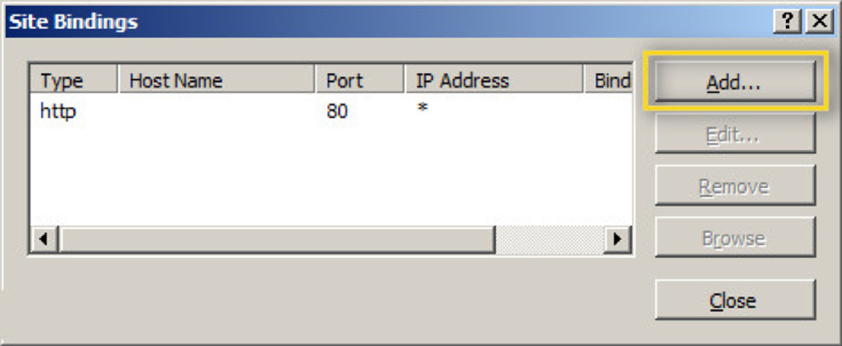
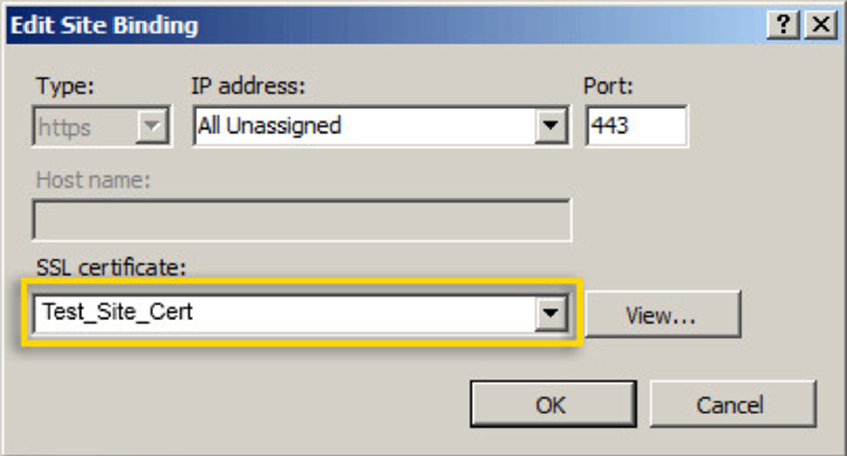

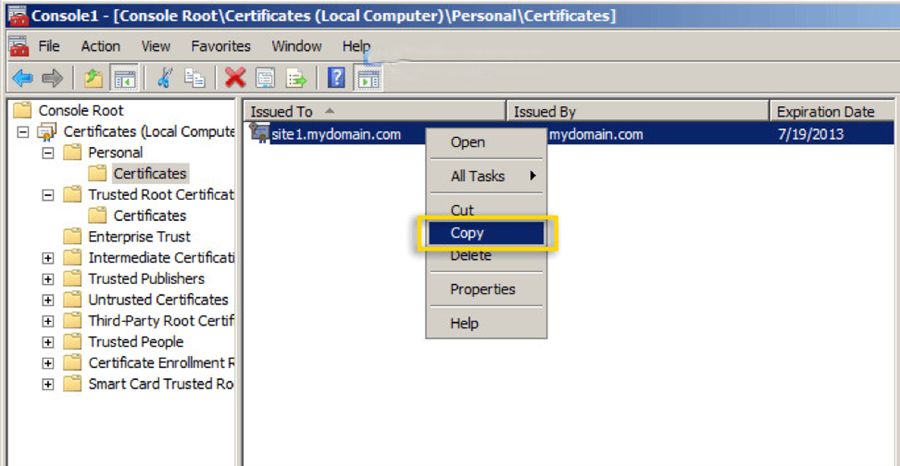
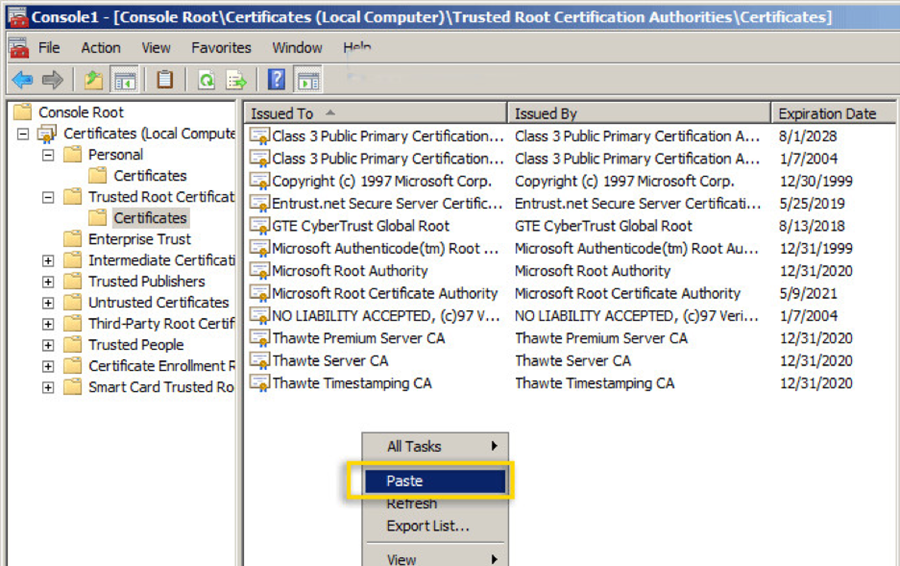
How to renew the root certificates from your CAs?
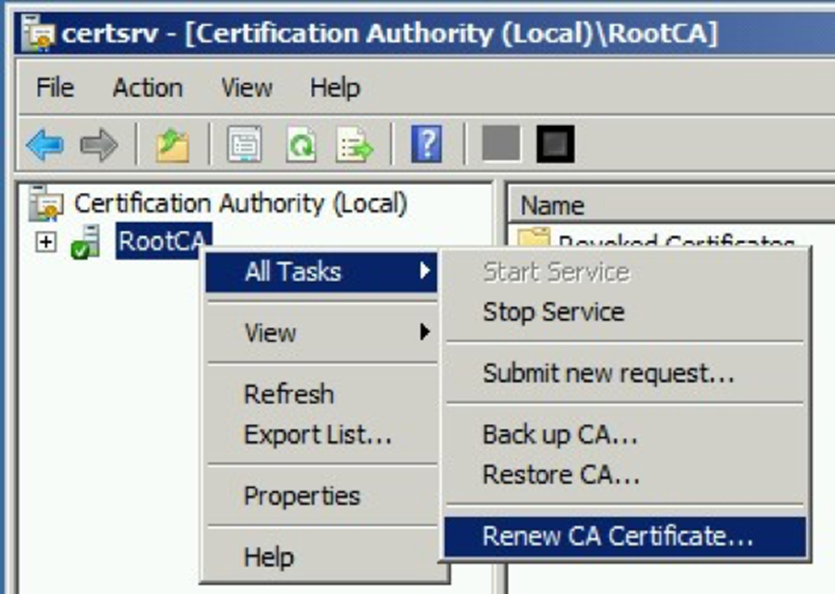


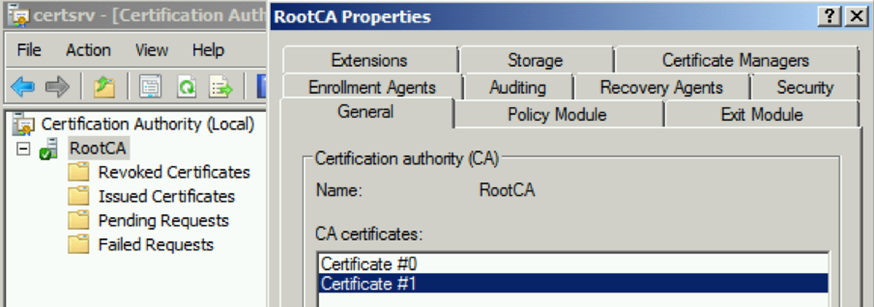
SSL certificates are hardcoded with expiration dates, typically up to two years. This provides greater protection and ensures your encryption is up to date. You can renew your SSL certificate up to 90 days before the expiration date, which gives you time to get your new certificate issued and installed and avoid a lapse in encryption. It’s important to monitor your certificates and stay on top of expirations that may sneak up on you, which can cause outages that will hurt your site. Unfortunately, many companies manage a variety of digital certificates manually with spreadsheets. This can lead to mistakes, such as lost, mismatched, or mislabeled certificates. Certificates can inadvertently expire, meaning CAs no longer consider a website or web application secure and trusted. This can be a very expensive mistake if an affected Web application is public-facing. It may lead to reputational damage for the organization, or visitors' browsers may block access to the site entirely. It's been the cause of many high-profile system outages and is often one of the last causes administrators investigate, contributing to significantly more downtime. Another problem occurs if the CA that issued the organization's certificate is compromised. The certificates are then revoked by other CAs, so when a client connects to the affected server, the certificate is no longer valid. Without proper SSL certificate management on an enterprise-wide level, it's impossible to tell how many (if any) of your certificates are no longer valid. To avoid these certificate management errors and to correct any mistakes that previously occurred while managing certificates, the most effective solution is to use automation. Automated tools can search a network and record all discovered certificates. Such tools can usually assign certificates to business owners and can manage automated renewal of certificates. The software can also check that the certificate was deployed correctly to avoid mistakenly using an old certificate.Do SSL certificates expire?
It is very important to highlight the importance of having valid certificates. Expired certificates can and will cause website outages and downtime which in turn will create serious reputational damage. It is therefore highly advisable to renew in a timely manner the certificates close to expiring. Do not wait until the very last moment to do so. Once you have found all your certificates on your system, you might have discovered that some have already expired (hopefully not!). To remove expired certificates, either self-signed or provided by a CA, there are two methods. First method: Right-click on the expired certificate and select Delete. You will have to repeat this step for all expired certificates. Once you are done, you will have to restart the server. Second method: Right-click on the expired certificate and choose Properties. On the Properties window, select “Disable all purposes for this certificate” and then click Apply. Once you are done with all your expired certificates, you will have to restart the server.How do I remove expired digital certificates?
SSL security is a critical component to an enterprise’s overall security strategy. With the increasing number of Internet-connected devices, online portals, and services that organizations manage, there are more opportunities for vulnerabilities and a growing number of threats that these systems face. Organizations today require the use of SSL certificates to ensure secure data transmission for sites and internal networks. Hence, system administrators are responsible for numerous certificates that come with unique expiration dates. Therefore, keeping track of every certificate has become burdensome and unmanageable. For administrators, it has become essential and mission critical to have a single, centralized platform to handle the installation, deployment, monitoring, and total SSL certificate management within their network regardless of issuing Certificate Authority (CA). Organizations without proper certificate lifecycle management can face security and management gaps. In order for a certificate life cycle management to be effective all certificates need to be consolidated into a single management system such as the Venafi Trust Protection Platform or Venafi as a Service. With these solutions in place, administrators may perform continuous monitoring of systems and certificates, and generate an audit for governance and compliance purposes. What is more, this approach reduces the overall cost and complexity of managing SSL certificates across a distributed environment. If you feel dizzy after following the above procedures to check SSL certificates and you want to reap the security benefits of certificate lifecycle management automation, contact Venafi for a tailor-made solution. Free Trial Start nowWhat are the benefits of SSL certificate automation?
Get a 30 Day Free Trial of TLS Protect Cloud, Automated Certificate Management.